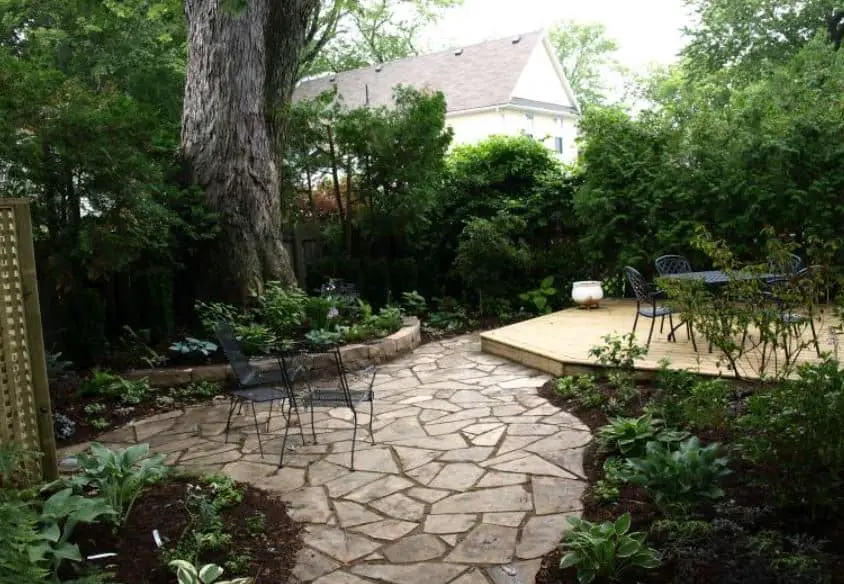Over a quarter of all energy used in the U.S. today is in homes. As more people become aware of their decisions’ effects on the environment, energy-efficient home modifications are becoming increasingly popular. Of course, using fewer energy results in savings as well. Many people must know that landscape decisions may increase energy efficiency in homes.

Landscaping and Home Energy Use
You may be able to reduce your environmental impact and save money on electricity by making your house more energy-efficient. Placing plants surrounding a home may alter the hyperlocal environment by, for example, retaining heat, obstructing sunlight, and providing wind protection. One simple example is the 25% reduction in heating expenses that may be achieved by blocking chilly winds.
Know Your Climate
Depending on the climate, different landscaping methods are used. The United States is divided into four major climatic types by the U.S. Department of Energy, which makes it simple for homeowners to choose wise landscaping options:
- Alaska, Maine and northern New England, Wisconsin, Minnesota, Montana, and portions of Colorado and the Dakotas are also included in the chilly area.
- Most of the Northeast, Midwest, Central Great Plains, Mountain States, and Pacific Northwest are temperate states.
- The Southwest, which includes portions of Texas, California, Arizona, New Mexico, Utah, and Nevada, is hot and dry.
- Hawaii and most of the Southeast are made up of hot and humid states.
You can make the most of your landscaping by learning to boost energy efficiency based on your residence environment.
Growing Plants in Cool Climates
The main objective for the cool zone is to lower winter heating expenses. Recognize the main winter wind directions and utilize plants as windbreaks to prevent colder air from entering the house. Keep tall plants off the south side of your house to get warmth from winter sunshine.
There are scorching summers even in cool places, so think about planting plants that will shade the house. Deciduous trees may shade south-facing walls in the summer while providing warmth when their leaves have fallen in the winter.
Temperate Region Landscaping
While winters there are not nearly as cold, most of the cool guidelines still hold. Plants may deflect cold winds and channel them during the sweltering summer. Utilize tall plants to shade the roof to save summer air conditioning expenditures.
Landscaping in Dry and Hot Climates
Shade is important since it may become hot in the Southwest in the summer. Use tall plants and trees to provide shade for the roof and walls. Use several plants near the house to benefit from the release of water, which creates a cooler microclimate. For a cooling effect, use plants to direct winds away from the house, or do the reverse if you use air conditioning often.
Hot and Humid Landscaping
Directing breezes toward your home may keep it cooler throughout the summer in the Southeast. Moreover, the shade keeps the house cool, but to save money on heating in the winter, plant trees that let some light into the house. Avoid planting too many beds near the home, which might increase the humidity and discomfort.
More Ideas for Energy-Efficient Landscaping
Most places, regardless of climate, must abide by certain laws. Use plants to shade your air conditioner, for instance, if you have one. This may result in an efficiency boost of 10% or more. Use plants to screen windows if your house is excessively hot in the summer. Windows in homes let in more heat than walls do. Plants may provide shade for a driveway that is blacktop. A driveway’s ability to absorb heat might cause it to return to the house.
Choose evergreen trees or shrubs to use as winter windbreaks. It matters where you place them as well. Around two to five times the height of the plants should separate the area from home. The best windbreaks cover the home’s windward side and wrap around the corners to shield more of the structure.


